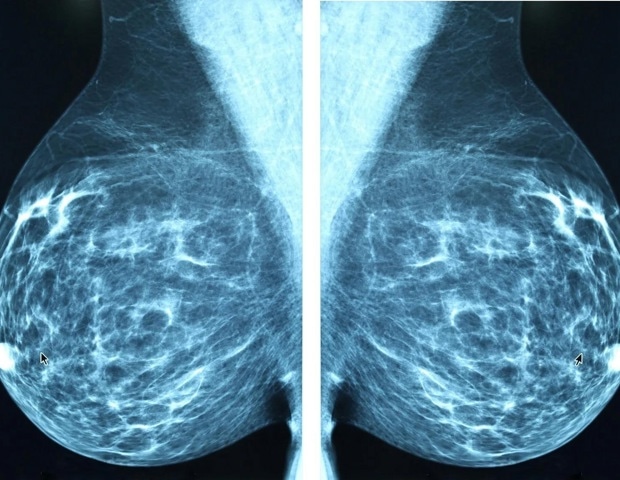OpenAI’s EMEA startups head Laura Modiano spoke at the Sifted Summit on Wednesday, 8 October.
Nurphoto | Nurphoto | Getty Images
In the latest comparison between American and European founders, OpenAI’s startup boss admitted that the Americans are…
OpenAI’s EMEA startups head Laura Modiano spoke at the Sifted Summit on Wednesday, 8 October.
Nurphoto | Nurphoto | Getty Images
In the latest comparison between American and European founders, OpenAI’s startup boss admitted that the Americans are…

Following his long-overdue Marvel debut, Channing Tatum is setting high expectations for what’s to come in Avengers: Doomsday.
The actor, who played Gambit in last year’s Deadpool & Wolverine, teased that fans are “just not ready for…

When it comes to survival, some animals develop extraordinary tricks. For the female European common frog (Rana temporaria), that trick is pretending to be dead. Researchers observing these frogs during breeding season found that many females…

SEOUL, South Korea (AP) — At a massive military parade attended by foreign leaders, North Korean leader Kim Jong Un rolled out his nuclear-armed military’s most powerful weapons, including a new intercontinental ballistic missile he may be…

Michigan State University scientists have pinpointed the molecular “switch” that supercharges sperm for their final sprint to an egg – a breakthrough that could reshape infertility treatments and pave the way for safe, nonhormonal…

Tens of thousands of Palestinians headed back to the heavily destroyed northern Gaza Strip on Friday (October 10, 2025) as a U.S.-brokered ceasefire came into effect in a deal that raised hopes for ending the Israel-Hamas war. All the remaining…

Women living close to federally designated Superfund sites are more likely to develop aggressive breast cancers – including the hard-to-treat triple-negative subtype – according to new studies from Sylvester Comprehensive Cancer…

All individuals above one year of age from Parsa and those residing in six disease-hit local units of Bara will be administered anti-cholera vaccines in a drive set to start next week.
At least four people are confirmed dead and over 1,800 have…